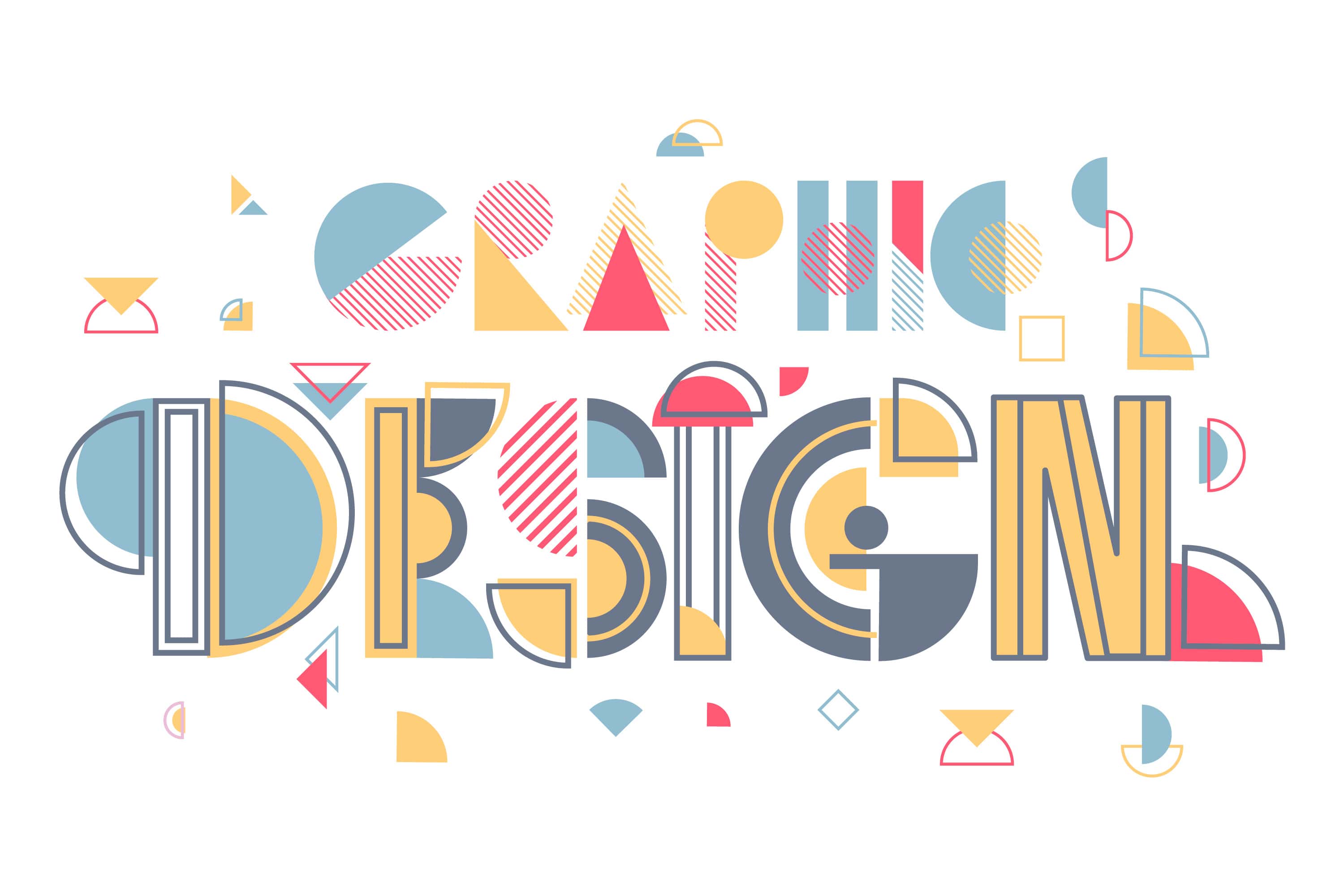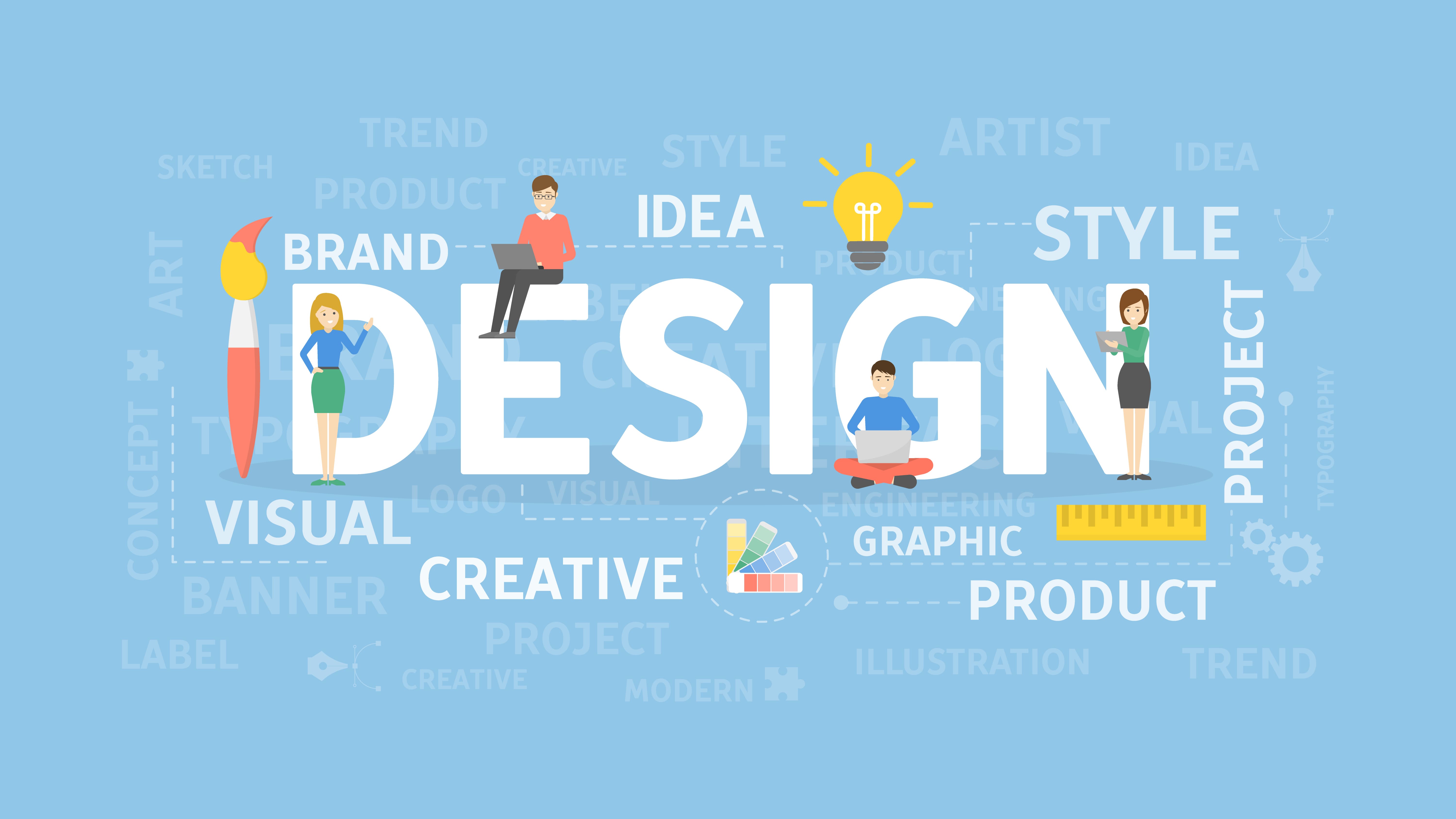Graphic Design
Graphic design is a creative discipline that combines visual elements, typography, and imagery to communicate messages, evoke emotions, and solve visual problems. It is a fundamental aspect of various industries, including advertising, marketing, web design, and print media. This essay provides a comprehensive overview of graphic design, covering its history, key principles, elements, tools, and the role of graphic designers in today's digital age. Graphic design is a dynamic and ever-evolving field that combines creativity, visual communication, and problem-solving. It has a rich history and plays a significant role in various industries. Understanding the key principles, elements, and tools of graphic design is crucial for creating effective visual communications. Graphic designers, equipped with their artistic skills and technical knowledge, bring ideas to life, convey messages, and shape the visual identity of organizations in the digital age.

Key Principles of Graphic Design:
Effective graphic design is guided by several key principles that govern the arrangement and organization of visual elements. These principles include:
- Balance: Achieving visual equilibrium by distributing elements in a composition. Balance can be symmetrical, asymmetrical, or radial.
- Contrast: Creating visual interest by juxtaposing elements with distinct characteristics, such as color, size, shape, or texture.
- Hierarchy: Organizing elements based on their importance to guide the viewer's attention and convey the intended message.
- Alignment: Ensuring that elements are aligned and connected visually to create a cohesive and harmonious composition.
- Proximity: Grouping related elements together to establish relationships and improve readability.
- Repetition: Repeating visual elements, such as colors, shapes, or patterns, to create unity and reinforce visual identity.
- White Space: Intentional use of empty space to provide visual breathing room, emphasize key elements, and improve readability.

Elements of Graphic Design:
Graphic design incorporates various visual elements that contribute to the overall composition. These elements include:
- Color: Color choice is crucial in graphic design as it conveys emotions, attracts attention, and establishes visual hierarchy.
- Typography: The selection and arrangement of typefaces play a significant role in graphic design. Typography helps convey tone, hierarchy, and readability.
- Images and Illustrations: Visual elements, such as photographs, illustrations, and icons, are powerful tools in graphic design. They enhance the message, evoke emotions, and provide context.
- Layout and Composition: The arrangement and organization of visual elements on a page or screen determine the overall composition.
- Texture: The use of texture adds depth and tactile qualities to graphic design.

Tools and Software for Graphic Design:
Graphic designers utilize a range of tools and software to bring their creative visions to life. These include:
- Vector Graphics Software: Programs like Adobe Illustrator and CorelDRAW enable designers to create scalable and editable vector graphics.
- Image Editing Software: Applications like Adobe Photoshop and GIMP provide tools for editing and manipulating raster images.
- Page Layout Software: Programs such as Adobe InDesign and QuarkXPress are used for designing layouts for print and digital publications
- Prototyping Tools: Software like Adobe XD, Sketch, and Figma enables designers to create interactive prototypes and user interfaces for websites and applications.
- Digital Asset Management: With the growing volume of digital assets, designers often use digital asset management systems like Adobe Creative Cloud Libraries or DAM software to organize, search, and manage their design files efficiently.

